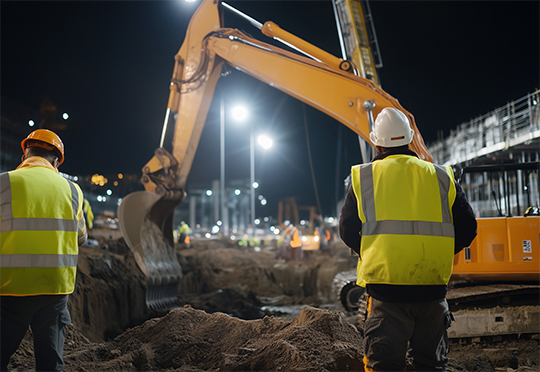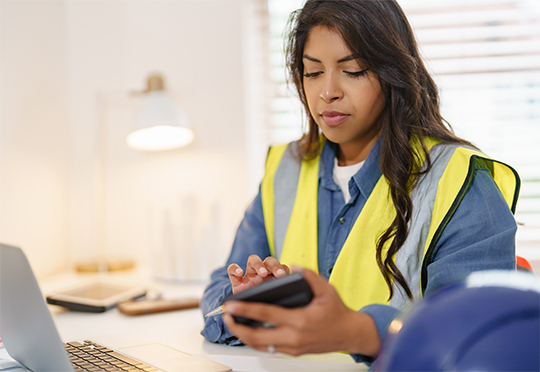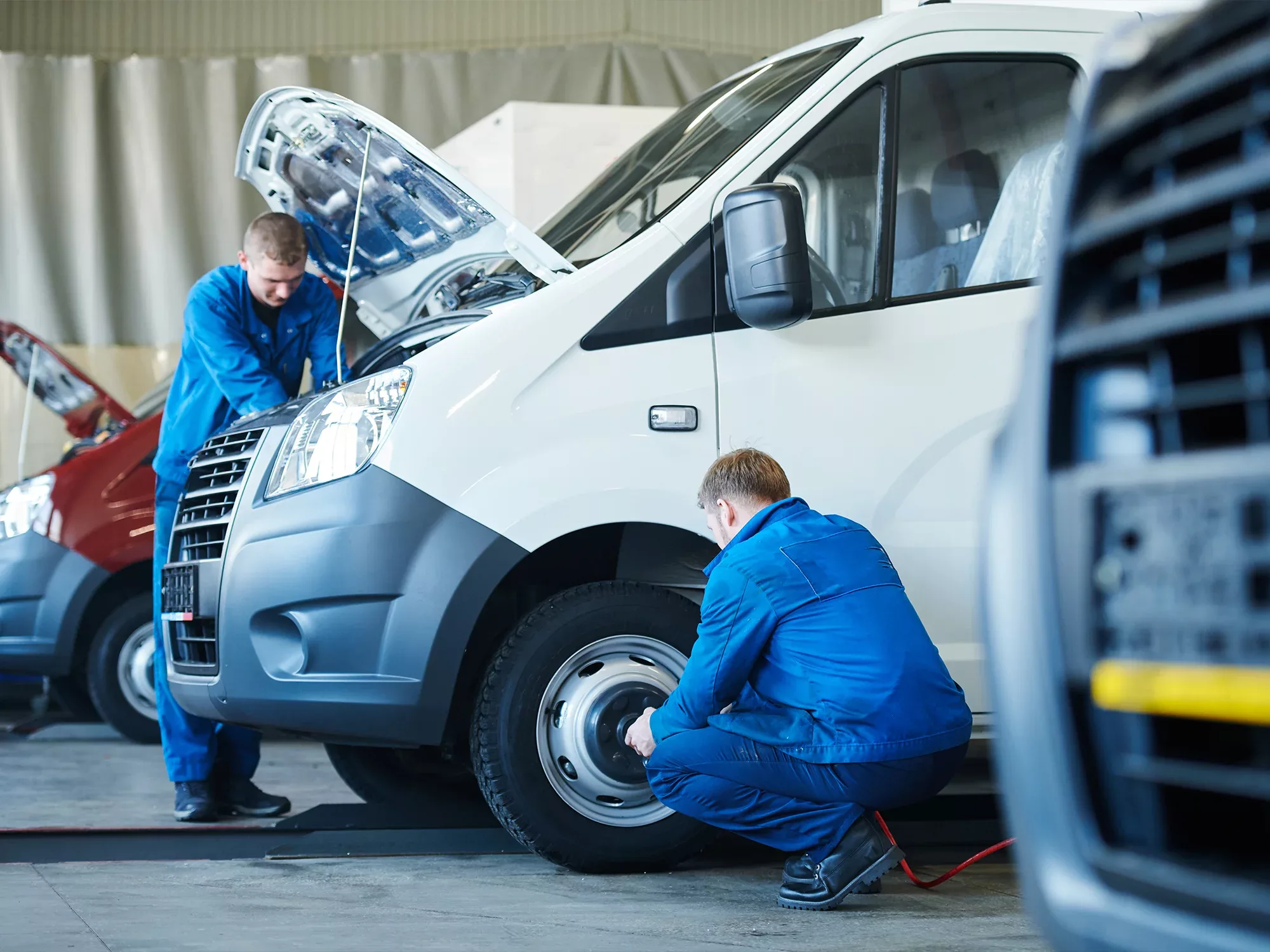
How to Secure Your Construction Site at Night
The prospect of unmanned heavy machinery and left-alone power tools makes construction sites popular targets for after-hours theft and vandalism. If only staving off thieves were as simple as “put a fence around it” (although — do put a fence around it); alas, there’s a little more required to secure today’s jobsites to protect both the work being done and the equipment in use.
If securing your construction site overnight is a priority (and considering the cost of project delays, high insurance premiums and reputational damage, why wouldn’t it be?), consider these precautions and tools designed to keep construction sites vandal-free:
1. Lock down the perimeter
It was no joke above when we said to start with a fence — the easiest way to ward off trespassers and crime-of-opportunity thieves after hours is with a convincing barrier.
That likely means some combination of sturdy fencing, lockable gates, privacy screens and barbed wire (usually reserved for high-risk areas) to make unauthorized entry difficult. Pairing physical fencing with GPS trackers and other geofencing tech ensures no one can move your on-site vehicles after hours without signaling an alert.
It’s also generally good practice to limit the number of access points; a site with one clearly defined entryway is far easier to secure than one with multiple open gaps around the fence line. At the end of each workday, keep gates secured with heavy-duty locks, and make sure only authorized personnel have keys or codes.
2. Shed a little light
Installing bright lights around entrances, storage areas, and equipment zones makes your site less appealing to those who might otherwise be tempted by its apparent vacancy. Motion-activated lights are especially effective — they instantly draw attention to any movement after hours, plus they conserve energy when all’s quiet.
Thieves tend to look for dark corners and hidden approaches, so work to eliminate as many of those as possible. Lights should be positioned to cover entrances, blind spots and any area where valuable equipment or materials are stored.
3. Always be watching (sort of)
Security cameras send a message that someone is watching — which is all the more effective when someone actually is watching. Set up cameras at key points around your site and ensure they’re capable of connecting to a system you can monitor from a phone app. If something happens, you’ll get an alert right away, plus the footage can help with both recovery and insurance claims.
Speaking of claims, both interior and exterior-facing dash cameras are a major safety benefit here. A good dash cam offers real-time access to both the road view and cab-view of a vehicle — a useful tool when the vehicle isn’t where it’s supposed to be.
Look for cameras with features like night vision, high-definition recording, and cloud storage. That way, you’ll have access to clear footage even in low-light conditions, and you won’t risk losing evidence if someone tampers with on-site equipment.
4. Put your stuff away
It’s essential for jobsites to cut down on the appearance of anything that could spark a crime of opportunity — e.g. leaving loose tools around, vehicles and machinery unlocked, that sort of thing.
Store tools in lockboxes or storage containers, and secure heavy equipment with wheel locks or GPS trackers. Lock up high-value materials like copper, wiring, or lumber. Even simpler measures like chaining larger items together make it harder for thieves to walk off with your gear.
5. Warn intruders
A simple “No Trespassing” sign can go a long way toward discouraging intruders. It can also protect you from liability if someone decides to ignore the warning — clearly marking your worksite as off-limits prevents thieves from claiming they “didn’t know” they were trespassing and/or under surveillance.
Pair signage with visible cameras or guard presence when possible. The more reminders that your site is monitored and restricted, the less likely it is to attract trouble.
6. Invest in site security
It’s a costly option and won’t make practical sense for everyone everywhere, but for larger sites hiring a security guard or mobile patrol service can be well worth the cost. A visible guard presence makes trespassers think twice, and they can respond to on-site incidents immediately.
If guards aren’t in the budget, occasional drive-by patrols or partnerships with local law enforcement can add a layer of security. The key is making sure the site doesn’t look abandoned or unprotected.
7. Make security a routine
Even the best security measures won’t work if your team forgets to use them. That’s why a nightly security routine is so important. Before the last person leaves for the day, take a few minutes to walk through the site with a checklist in mind.
- Are the tools and materials locked up?
- Are the gates secured?
- Did anyone leave keys in a vehicle or machine?
It’s also worth glancing at your lighting and camera systems to make sure everything is working properly. A burned-out bulb or disconnected camera cable might not seem like a big deal at the time, but it can create the perfect blind spot for intruders. By making these checks part of your team’s daily process, you ensure no detail gets overlooked — and you’ll avoid the costs of theft, vandalism, or accidents down the road.
Protect your site and your investment
Securing your construction site at night doesn’t have to be complicated or expensive. Prioritizing site security, adopting GPS tracking tech built expressly for jobsites and consistently following good routines at quitting time keeps imposters (and the expensive problems they’ve been known to cause) out of your business.



